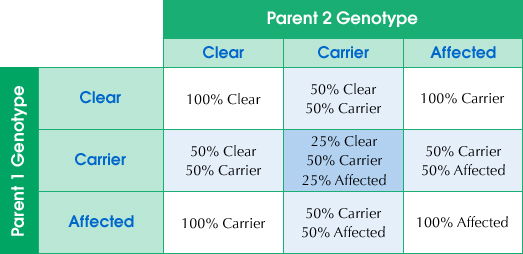What is Type I vWD ?
Von Willebrand Disease (vWD) is a type of coagulopathy, a disorder of blood clotting. vWD is characterized into three types based on clinical severity, serum levels of vWF, and vWF multimer composition. Dogs with Type I vWD have low vWF levels, normal multimer composition, and variable clinical signs.
About Type I vWD
When signs & symptoms develop in affected dogs
This disease is typically diagnosed in puppies or young adults when they are spayed or neutered and have a problem with clotting. However, it can be diagnosed at any age.
Signs & symptoms
Affected dogs may show no obvious clinical signs or they may bruise easily and excessively bleed from small wounds. Affected puppies may bleed excessively from their mouth when teething.
How vets diagnose this condition
vWD is diagnosed through genetic testing and blood testing at a laboratory. Veterinarians may also nick a dog’s lip with a sterile needle and time how long it takes for clotting to occur.
How this condition is treated
vWD cannot be treated, only managed. Preventing injuries is goal number one. If your dog requires surgery, your veterinarian should be warned that excessive bleeding may occur and blood products need to be on hand in case a transfusion is required.
Actions to take if your dog is affected
- Prevention is key! Minimizing the risk of trauma and informing your veterinarian so that surgeries can be carefully planned are the best ways to prevent a catastrophic outcome.
- Be aware of the location of the nearest emergency veterinary hospital in case of an accident.
What will von Willebrand Disease Test Results Tell You?
Using a simple swab from the inner cheek of your dog, we will ascertain whether your dog carries the mutation associated with von Willebrand Type I, which allows you to make an informed choice as to whether or not to breed from the dog.
Once we receive the dog’s buccal swabs, we undertake tests that will give one of three possible outcomes:
- A CLEAR result shows that the dog has inherited two genes from its parents that are mutation free. The dog cannot pass faulty genes on to any offspring.
- A CARRIER result indicates that the dog has inherited one normal copy of the relevant gene, and one mutation. This means that the dog has a strong likelihood of passing on the condition to offspring. Where a potential mate also carries the gene mutation, any offspring will be at high risk of inheriting the condition and also of passing it on.
- An AFFECTED result indicates that the dog has inherited two copies of the mutated gene from its parents and is at risk of suffering a severe bleeding incident. It will definitely pass on the mutation to any offspring.
Please click on the image below to view our von Willebrand Disease DNA Testing Result Chart:

